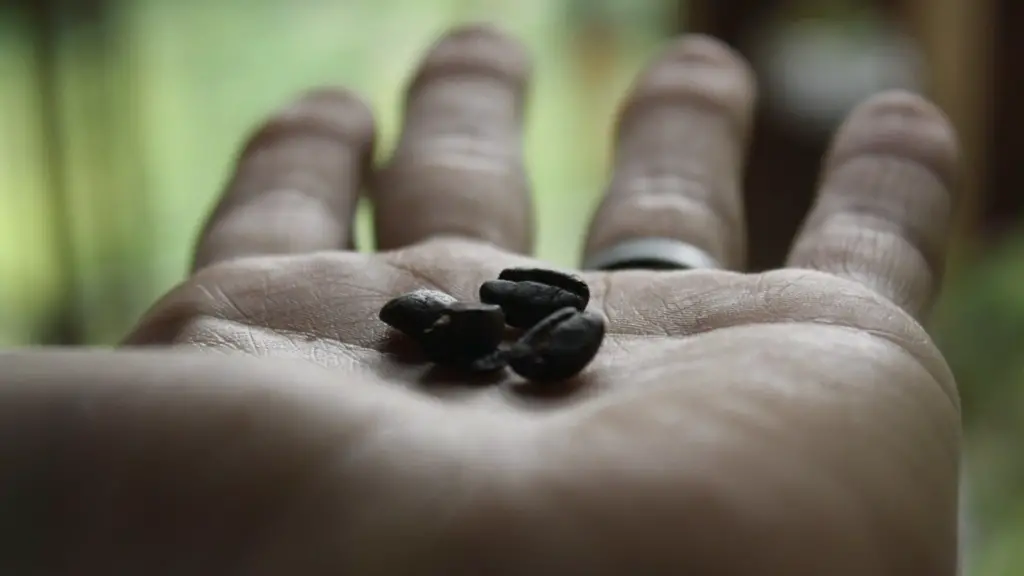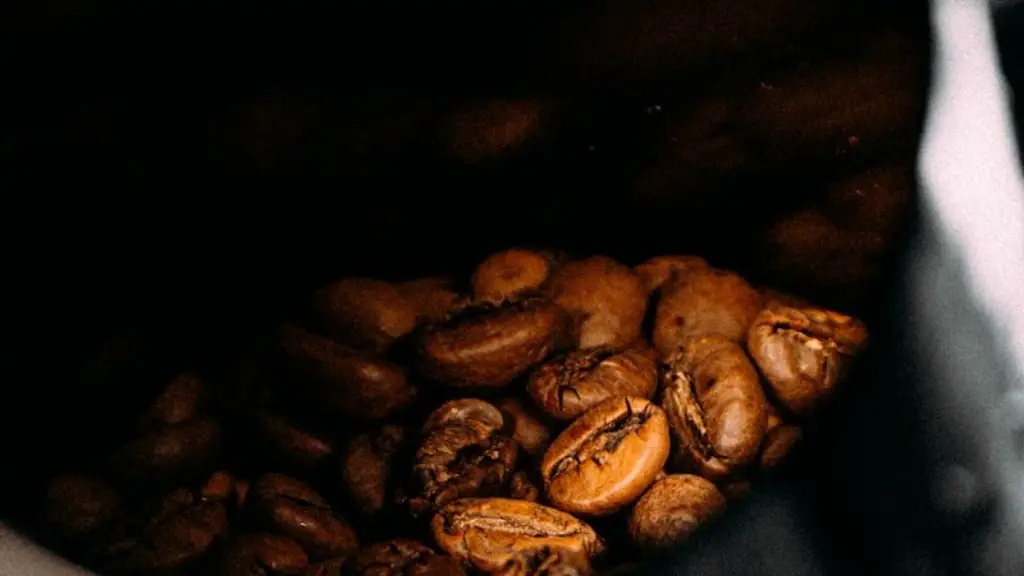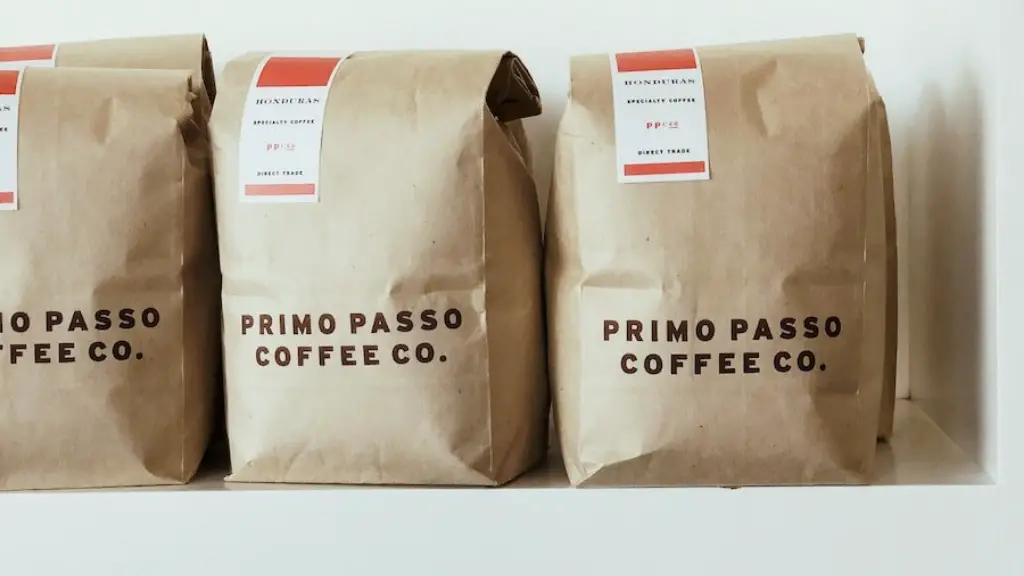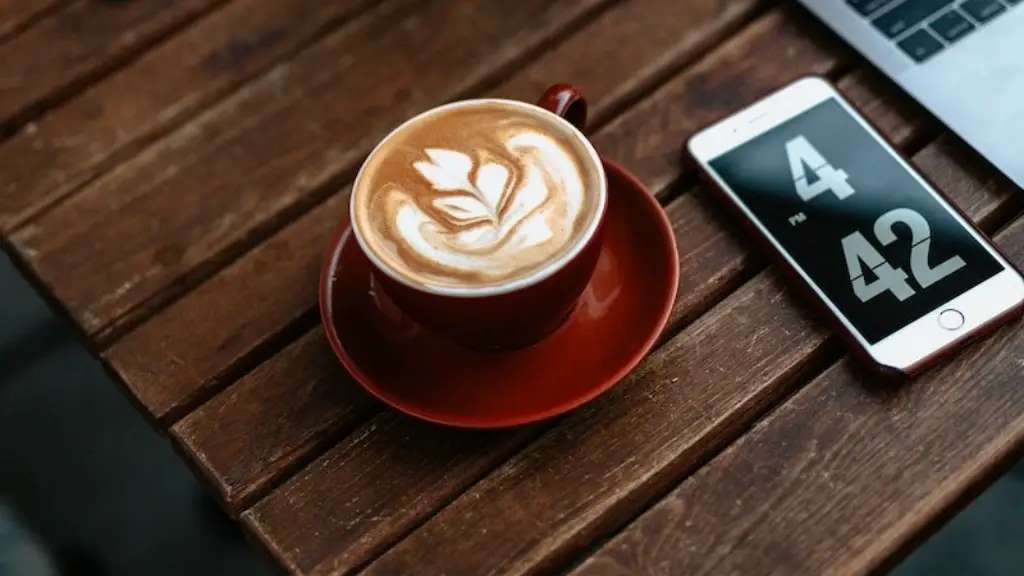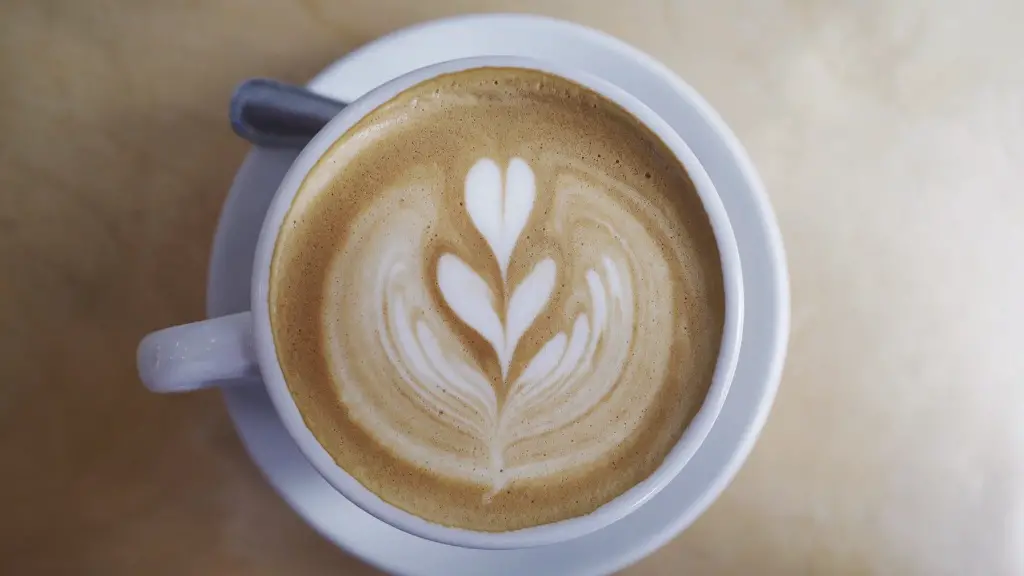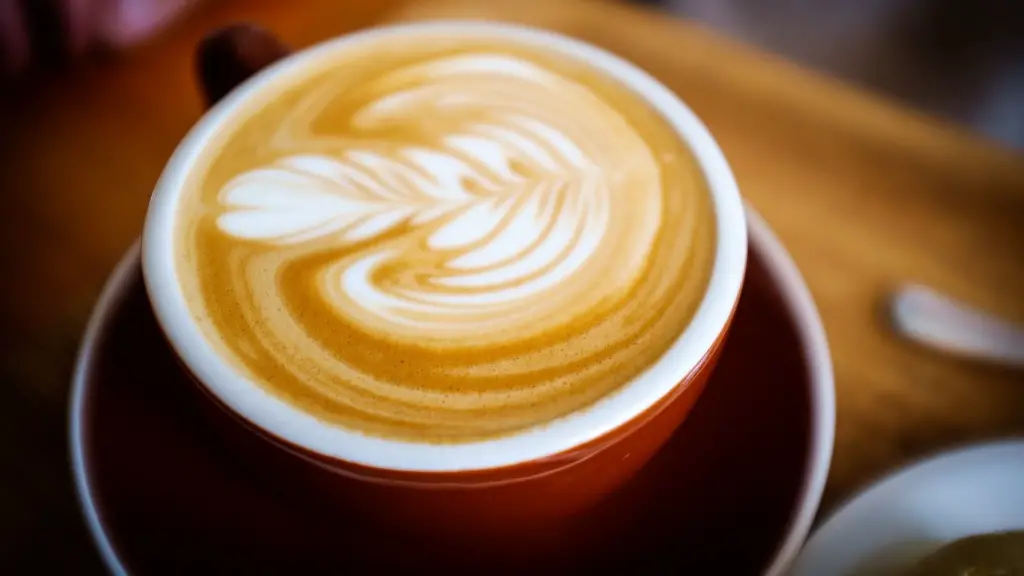Different Types of Coffee & How to Choose One
Coffee is one of the world’s oldest and most widely-consumed beverages. Walking into a coffee shop or the coffee aisle of a store can be a completely overwhelming and intimidating experience. With literally hundreds of pre-packaged varieties and expertly-crafted brews to choose from, the choice can feel endless. But how do you know what kind of coffee to choose and what the difference between pour overs, latte macchiatos, espresso, and cappuccinos is? Here’s an in-depth look at the different types of coffee and how to choose one.
How Coffee is Roasted
In order to understand different types of coffee, it is essential to understand how coffee is processed. Freshly-harvested coffee beans are not yet ready to be brewed and are instead dried before being roasted. This helps to reduce moisture and lock in the flavors and aromas of the coffee beans. Roasting helps to increase the bean’s flavor and aroma, which is why freshly roasted coffee can taste, and smell, so delicious.
Fundamentally, there are two main types of coffee roast: light roast and dark roast. Generally, lighter roasts may contain more caffeine, but dark roasts often have richer and more complex flavors. Espresso roasts fall somewhere between these two extremes and are also specially mixed for extra richness.
Types of Coffee Drinks
There are a number of types of coffee drinks a person can order in a cafe:
- Espresso: This is a strong, concentrated coffee made by forcing hot water through finely-ground coffee beans. It is served in small cups and is a popular base for many other coffee drinks.
- Cappucino: Espresso combined with steamed milk and milk foam.
- Latte: A mix of espresso, steamed milk and a bit of milk foam.
- Mocha: A combination of espresso, steamed milk, chocolate syrup, and sometimes topped with whipped cream.
- Cold Brew: This is coffee brewed without any heat, making it a refreshing and popular choice during the hot summer months.
- Pour Overs: This is a method of making coffee by pouring hot water through a filter containing freshly-ground coffee beans.
When choosing a coffee drink, it’s important to take into account the type of flavor you want: Do you want something strong and bold, or something creamy and sweet? Do you want a beverage full of caffeine, or something more subtle? Identifying the type of coffee you want can help narrow down the choices and make ordering a breeze.
Origin of the Beans
In addition to roast flavor, another factor to consider is the origin of the beans. The same coffee beans can produce very different flavors depending on the soil, climate, and altitude of the coffee farm that produces them. Coffee beans grown in South America tend to have a sweeter and softer flavor, while coffee beans from Africa have a more intense and acidic flavor. Beans from Indonesia tend to be more full-bodied and smoky.
Blends Versus Single-Origin Beans
When considering your coffee options, many people get overwhelmed by the lots of varieties of coffee on offer – from single origin beans to blends. Many coffee aficionados prefer single origin beans; this means that the beans come from a single location or even farm and are not mixed with beans from anywhere else. Blends, on the other hand, are mixtures of beans from different origins and can produce remarkably intense, flavorful cups of coffee.
Many coffee aficionados favour blends because the flavour is typically more balanced and consistent, whereas the taste of a single origin beans can vary from one cup to the next. But, for those who enjoy a more adventurous and experimental approach to their coffee drinking, single origin beans are a great option. To try single origin beans, it is best to start with light roasts as they tend to have the most delicate flavours.
Brewing Advice
Finally, it is worth noting that different types of coffee require different brewing techniques. Generally, espresso is made using an espresso machine, while pour overs and cold brew require special filters and brewing equipment. For those who prefer to make coffee with an everyday appliance, a French press is a great option, though it is worth noting that the grounds need to be coarse – not too fine – to ensure that the coffee does not become over-extracted.
It can be daunting to try and choose the right kind of coffee for you, but if you consider your flavor preferences, the type of roast you prefer, and the origin of the beans, you are sure to find the perfect coffee for you.
How Fair-Trade Practices Affect Coffee Quality
When it comes to producing quality coffee, fair-trade practices are essential. In general, fair-trade practices refer to the concept of creating social and economic equity between workers, producers, and suppliers. This concept sets certain standards for how the coffee is produced and how the workers are treated and accommodated. Companies that support fair-trade practices purchase coffee from farms that offer fair pay and labor rights to their workers – helping to preserve the quality of the product.
In addition to providing ethical labor rights, fair-trade practices help to ensure that the coffee beans are of the highest quality. By paying fair wages and guaranteeing workers’ rights, the farmers are more motivated to produce higher quality coffee beans, which is beneficial for everyone involved.
For many small farmers, fair-trade practices can be invaluable in providing economic protection and stability. By compensating farmers fairly, they are able to reinvest the profits into their business, which can help to improve their quality of life and make them more likely to produce quality coffee beans.
Apart from ethical labor practices, fair-trade certification also helps to ensure that the environment remains protected. Companies that are certified by any fairtrade standard are required to adhere to stringent environmental standards and to minimize their use of resources and chemicals that may be harmful to the environment.
For coffee-drinkers looking for quality and ethical products, it is important to look for fair-trade certification on all coffee labels. This certification will ensure that your coffee was grown and fairly traded, providing financial protection for the farmers, environmental protection for the planet, and quality coffee for the consumer.
Coffee Farming and Production
Coffee beans start as small red berries on bushes that grow between 6 and 9 feet high in over 70 countries worldwide. The bushes, which produce coffee cherries, typically take from four to seven years to mature and can produce coffee beans for a further 20 years, according to the National Coffee Association. Coffee farmers harvest their crops by hand, choosing the ripest cherries, which can take months and tire workers out. After the berries are picked, farmers process the coffee cherries in one of three ways.
The dry process is the traditional method, used by East African and Yemen producers, by which the beans, still in their cherry skin, are dried in the sun. The first part of the wet process, used by farmers around the world, soaks the beans to soften the skin with water, then mechanically strips the fruit away from the beans by machine. The final part of the wet process is the chemical or floating process. This process separates the beans from the cherry pulp by first immersing the cherries in tanks of water. Those cherries that float are considered less dense and for this reason, of a lower quality.
After the beans are separated from the cherries, they are fermented in airtight trucks for 12 hours, during which time any remaining fruit or sweet substance is removed from the beans. The beans are then sent through hullers and strippers, which crack open the beans and remove the skin, leaving black, shiny coffee beans. The beans are then dried and checked in order to sort them by size, shape and density.
Finally, full production coffee stands ready for roasting. Green coffee beans contain none of the delicious flavors coffee nuts love. The roasting process, done under time and temperature control, develops around 800 different flavors and aromas, thus turning green beans into the special beverage we all enjoy.
7 Brewing Tips to Make Perfect Coffee
Brewing the perfect cup of coffee can seem complicated at times. There are so many variables that play a role in the process and it can seem almost impossible to know exactly how your coffee will turn out. However, there are a few easy tips you can follow to increase your chances of making delicious coffee. Here are 7 tips on how to brew the perfect cup of coffee.
- Start with fresh, high-quality coffee beans – Using freshly-ground coffee ensures that all of the flavor is extracted from the beans, giving you a better cup of coffee.
- Use the correct grind for your brewing method – Different brewing methods require different grinds, so it is important to use the right type of grind for your desired method.
- Calibrate your scale – An accurate scale is essential to ensure that you are using the right amount of grounds.
- Use filtered water – Water with a high mineral content can affect the flavor of your coffee, so it is important to use filtered water whenever possible.
- Follow the instructions for your brewing method – Different methods of brewing require different amounts of time and temperatures, so make sure to follow the instructions for your chosen method.
- Experiment with ratios – Coffee-to-water ratios can vary, so experiment to find your own personal preference.
- Store your beans in an airtight container – Coffee beans should be stored in an airtight container to prevent oxidation, which can lead to a stale flavor.
By following these 7 tips, you will be well on your way to making the perfect cup of coffee. Don’t be afraid to experiment to find the right ratio of coffee-to-water, as this is the key to making a delicious cup of coffee every time.
The History and Significance of Coffee
Coffee has been enjoyed by people for centuries. Its history dates back to the 15th century in Ethiopia, when an Arab trader brought the beans from Ethiopia. From there, coffee travelled to Yemen and Egypt, where it was first brewed by Muslim monks and inhabitants. By the 16th century, coffee had spread to Turkey and the rest of the Middle East and eventually, the world.
From a socio-cultural standpoint, coffee has had an immeasurable impact on the cultures it touched. For instance, coffee played a significant role in the lives of Ottoman and Turkish communities by providing a space for religious, economic and political discussions. Coffee shops often served as a form of entertainment and as a place to network and converse. During the coffee revolution
